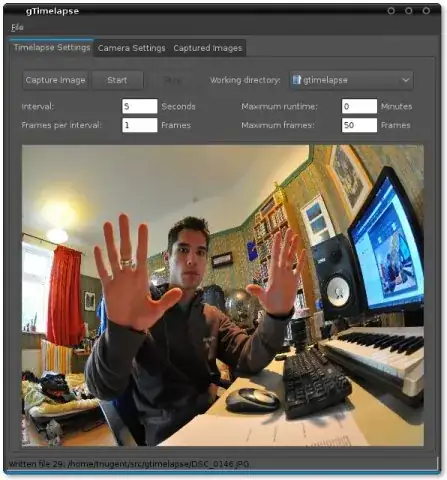Capturing a zillion images.
The first step is capturing images. Let's imagine you want to take a photo once every 10 seconds and save that into a directory sitting on your desktop
mkdir ~/Desktop/cap
cd ~/Desktop/cap
We use streamer to do the capture so let's install it:
sudo apt-get install streamer
And now we want to capture
streamer -o 0000.jpeg -s 300x200 -j 100 -t 2000 -r 1
-t is the number of frames we want to capture. -r is frames per second. So this should grab one frame every second. If you compress that down into a 30fps video, one minute of capture becomes 2 seconds of video. You'll want to tune this appropriately depending on how much output video you want.
That line will give you 2000 images, it'll take half an hour to record and, at 30fps, will generate just over 1 minute of video.
Putting it all together
I'm going to use ffmpeg. There are many different ways of putting it together including mencoder but I just prefer ffmpeg's outlook on life. After installing it (sudo apt-get install ffmpeg) just wang out this:
ffmpeg -r 30 -i %04d.jpeg -s hd480 -vcodec libx264 -vpre hq time-lapse.mp4
The quality settings there aren't anything like that of my webcam so you might want to play around with the options a lot more to get a better encode, but that should generate you a nice 30fps video, compressed up in x264.
You might want to play around with the framerate (-r) but I wouldn't go below 15fps.

